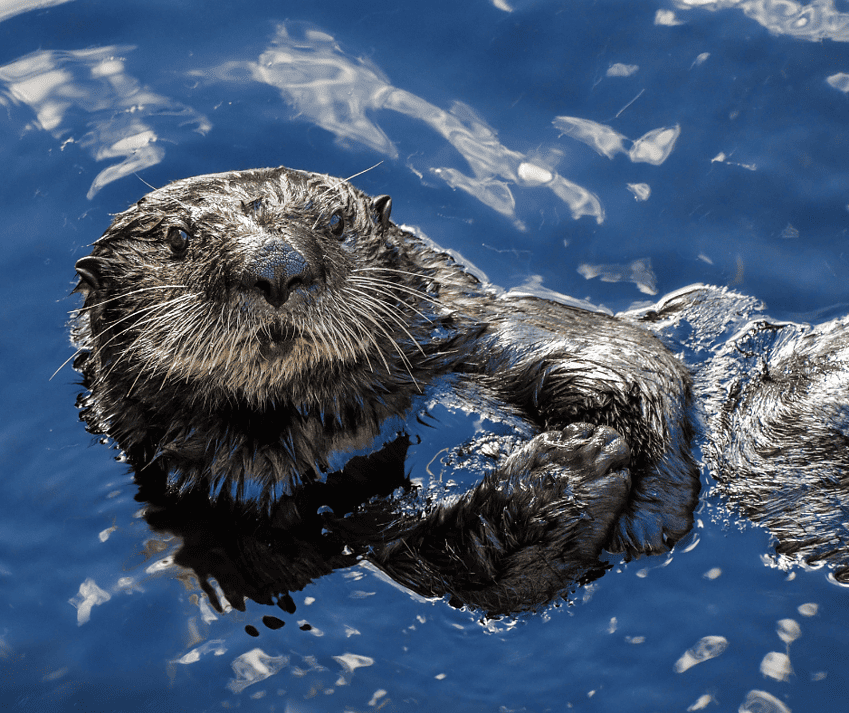The sighting of sea otters at Ecola Point in Cannon Beach, Oregon, has sparked excitement and optimism among conservationists and locals alike. This historic event marks the first confirmed presence of sea otters in the area for over a century, signaling a potential resurgence of a species once extirpated from the Oregon coast.
A History of Extirpation
Sea otters were once a common sight along the Oregon coast, thriving in the rich marine ecosystems from the early 1700s. However, their numbers plummeted in the late 19th century due to extensive hunting for their luxurious fur. By the late 1800s, sea otters had disappeared from Oregon waters, leaving only river otters in the region’s estuaries and rivers.
The near-extinction of sea otters was a significant ecological loss. Unlike river otters, which primarily inhabit freshwater environments but can sometimes venture into saltwater, sea otters play a crucial role in marine ecosystems. Their absence disrupted the delicate balance of coastal habitats, leading to overgrazing by sea urchins and subsequent degradation of kelp forests.
The Importance of Sea Otters
Sea otters are considered a keystone species, meaning their presence has a disproportionately large impact on their environment relative to their abundance. They are voracious predators of sea urchins, a species that, when left unchecked, can decimate kelp forests. By keeping sea urchin populations in check, sea otters help maintain the health and diversity of kelp forest ecosystems, which provide habitat and food for numerous marine species.
The Return to Ecola Point
The recent sighting of sea otters at Ecola Point is significant for several reasons. Ecola Point is a renowned marine and avian sanctuary, famous for its diverse tide pools and as a breeding ground for various seabirds. The potential re-establishment of sea otters in this area could lead to the recovery of the entire marine ecosystem.
While river otters are a familiar presence in the estuaries and freshwater bodies near Cannon Beach, they do not fulfill the same ecological role as sea otters. The natural return of sea otters to Ecola Point could rejuvenate the coastal environment, encouraging the growth of kelp forests and supporting a more diverse range of marine life.
Conservation Efforts and Future Prospects
The sighting of sea otters is also a testament to the effectiveness of ongoing conservation efforts. Various organizations, including the Elakha Alliance, have been working tirelessly to reintroduce sea otters to the Oregon coast. These efforts involve scientific research, habitat restoration, and community engagement to ensure a conducive environment for the otters’ return. Additionally, numerous other organizations and agencies contribute to the broader conservation initiatives along the Oregon coast.
The reappearance of sea otters at Ecola Point offers a hopeful glimpse into the future of Oregon’s coastal ecosystems. It underscores the importance of continued conservation initiatives and the potential for successful species recovery. The return of these charismatic marine mammals not only restores a vital component of the ecosystem but also rekindles a sense of natural heritage for the communities along the Oregon coast.
See them play here:


